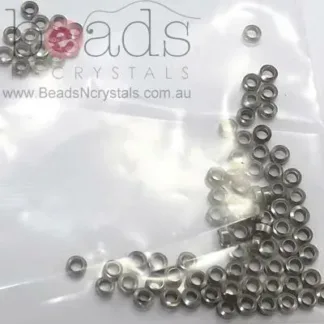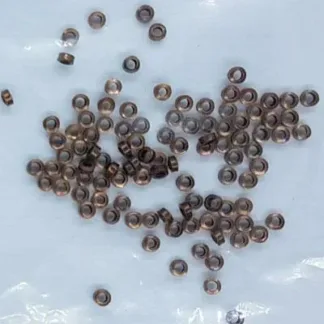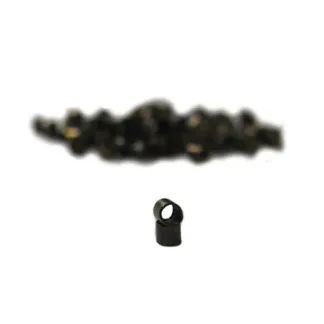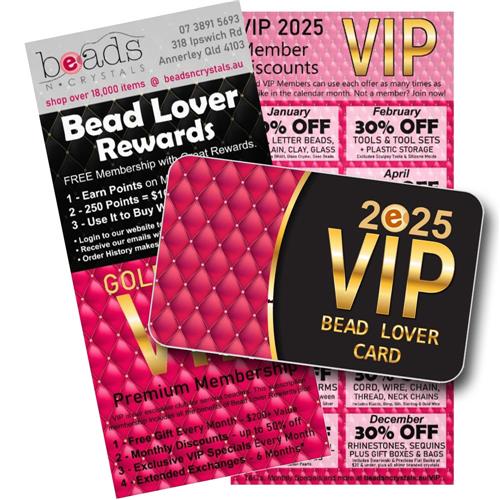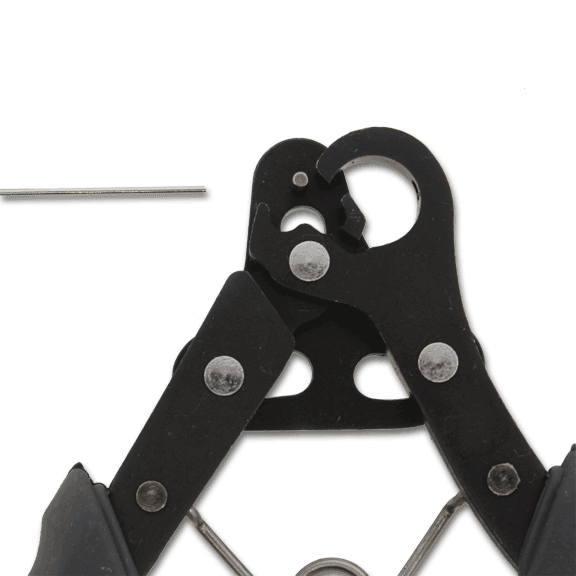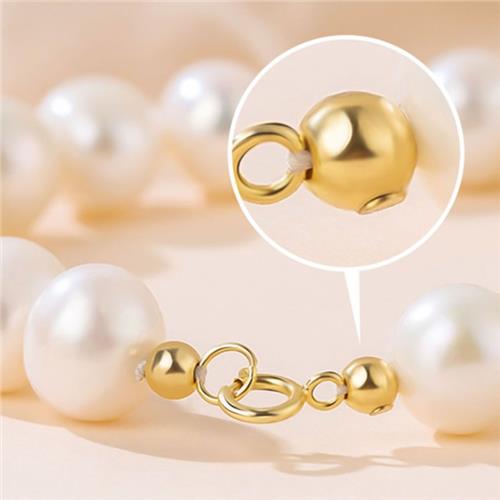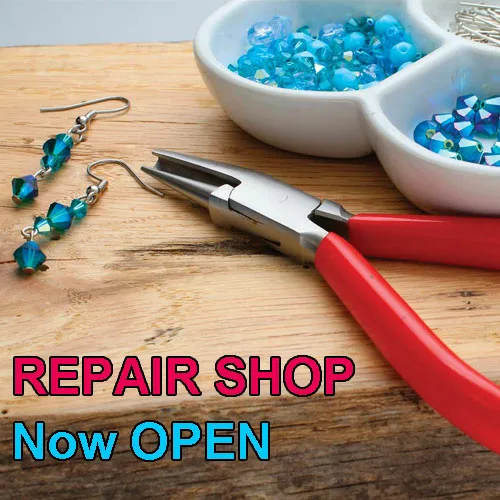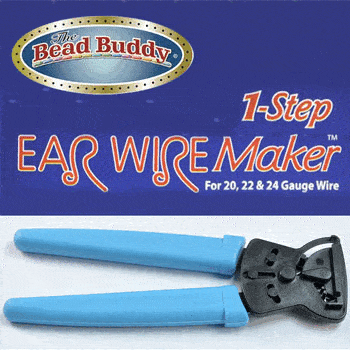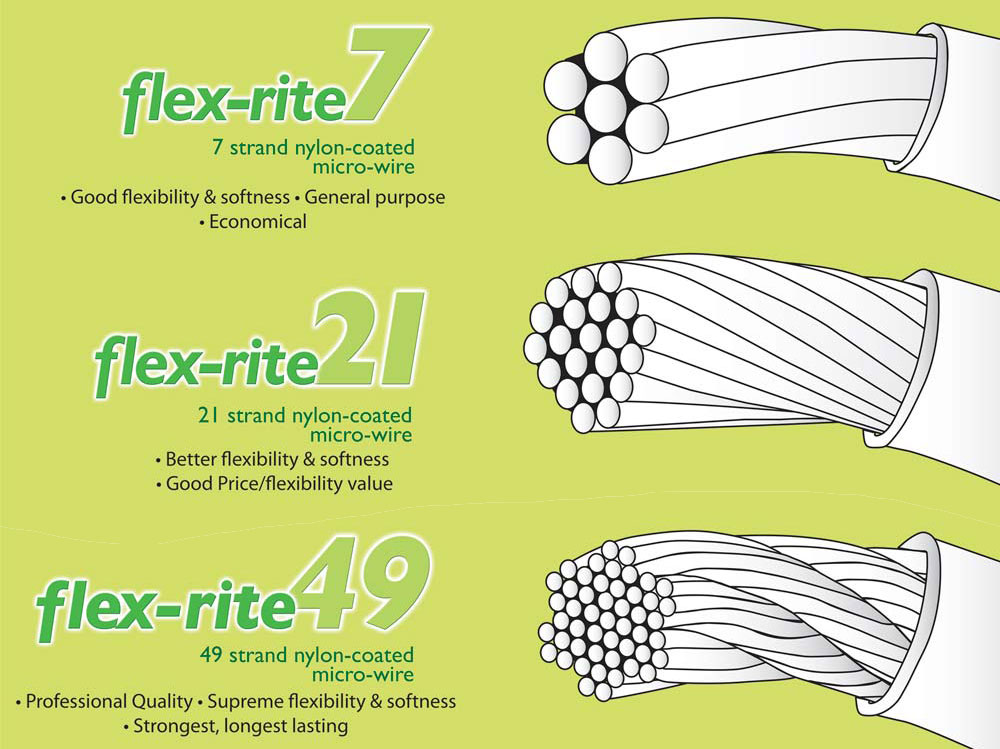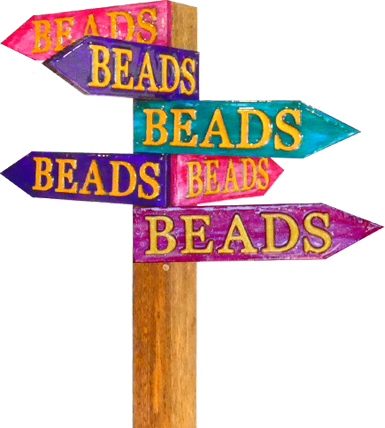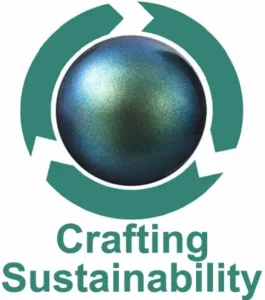Crimps, Covers, Guardians
Showing 41–79 of 79 results
-
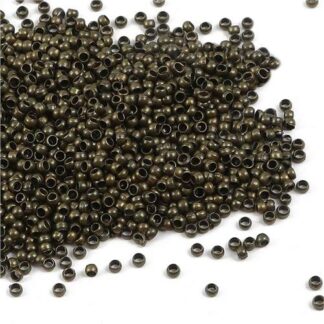
Crimps 2.5mm Round 200pk Antique Bronze
$3.30206 in stock
-

Crimps 2.5mm Round 200pk Antique Copper
$3.30229 in stock
-
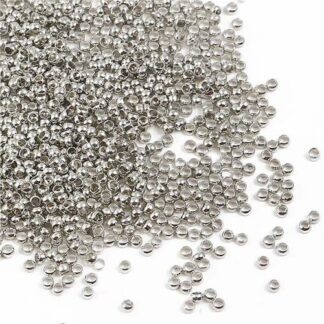
Crimps 2.5mm Round 200pk Antique Silver
$3.30209 in stock
-
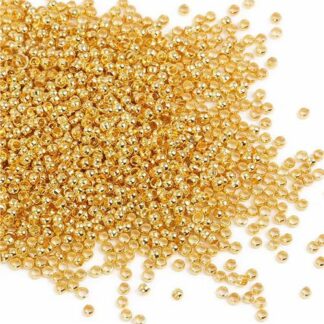
Crimps 2.5mm Round 200pk Gold Plated
$3.30209 in stock
-
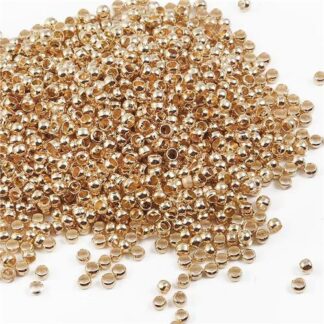
Crimps 2.5mm Round 200pk KC Gold Plated
$3.30209 in stock
-
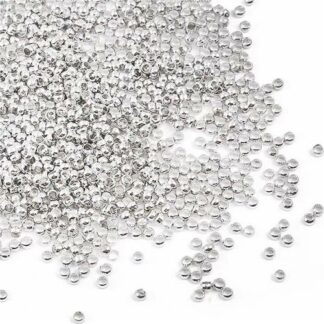
Crimps 2.5mm Round 200pk Silver Plated
$3.30210 in stock
-
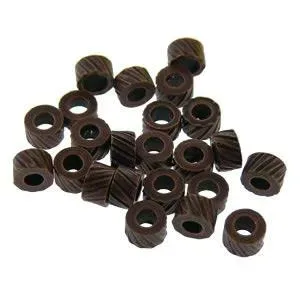
Crimps 2x1mm Tube Antique Gold 100pk
$3.50147 in stock
-
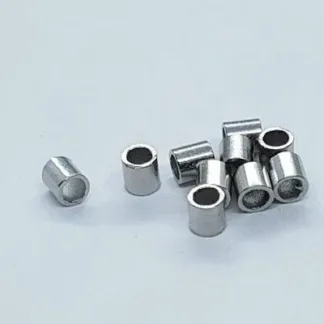
Crimps 2x2mm Tube Antique Silver 100pk
$4.00139 in stock
-
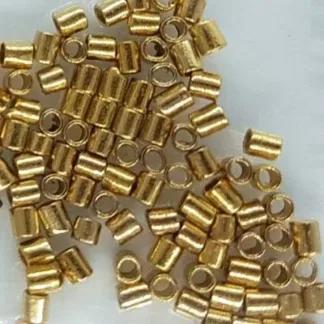
Crimps 2x2mm Tube Gold 100pk
$4.40401 in stock
-
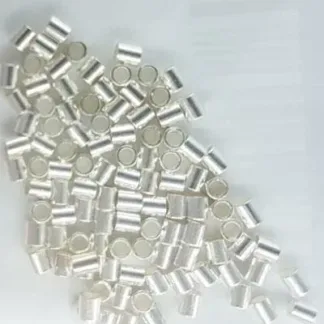
Crimps 2x2mm Tube Silver 100pk
$4.00500 in stock
-
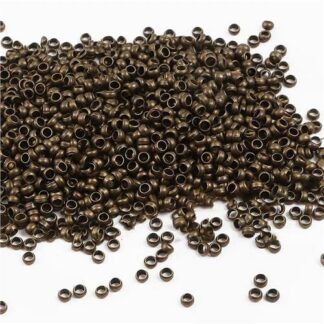
Crimps 3.0mm Round 100pk Antique Bronze
$3.80177 in stock
-

Crimps 3.0mm Round 100pk Antique Copper
$3.80158 in stock
-
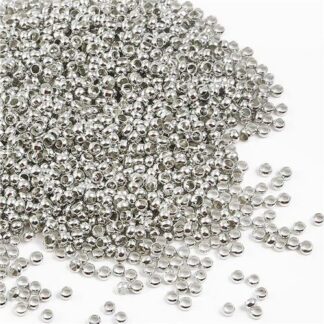
Crimps 3.0mm Round 100pk Antique Silver
$3.80183 in stock
-
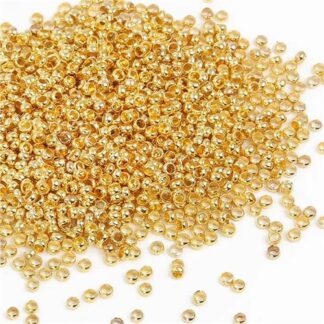
Crimps 3.0mm Round 100pk Gold Plated
$3.80151 in stock
-
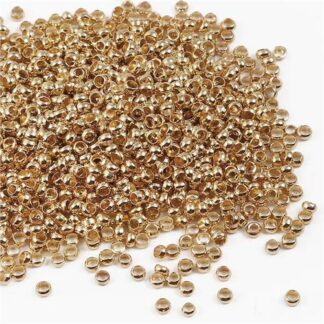
Crimps 3.0mm Round 100pk KC Gold Plated
$3.80194 in stock
-
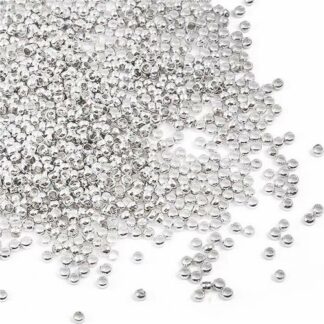
Crimps 3.0mm Round 100pk Silver Plated
$3.80152 in stock
-
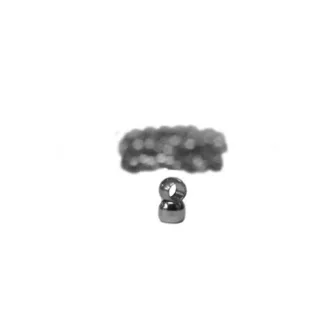
Crimps Antique Silver 2mm 100pk (LNF)
$2.0092 in stock
-
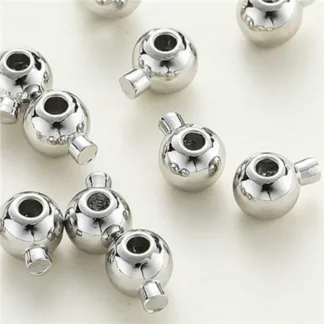
EZ Crimp Antique Silver Tarnish Resistant 20pk
$15.60132 in stock
-
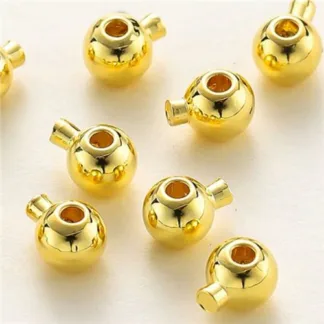
EZ Crimp Gold Plated Tarnish Resistant 20pk
$15.6099 in stock
-
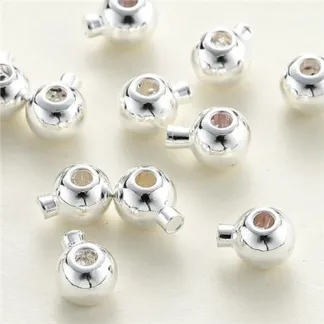
EZ Crimp Silver Plated Tarnish Resistant 20pk
$15.60128 in stock
-

Tarnish Resistant 18K Gold Plated Charlotte Knot Cover 3.6mm 50pk
$9.6086 in stock
-
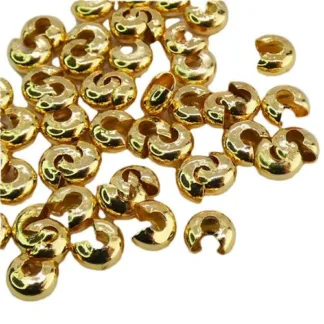
Tarnish Resistant 18K Gold Plated Crimp Cover 4mm 50pk
$9.4020 in stock
-

Tarnish Resistant 18K Gold Plated Crimp Cover 5mm 50pk
$9.8066 in stock
-
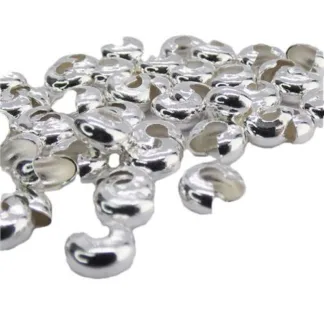
Tarnish Resistant Silver Plated Crimp Cover 4mm 50pk
$9.4050 in stock
-
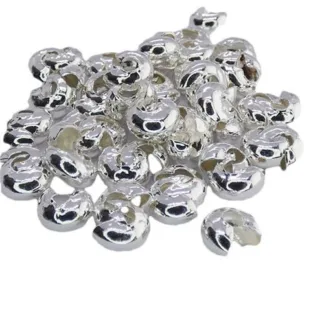
Tarnish Resistant Silver Plated Crimp Cover 5mm 50pk
$9.8050 in stock
-
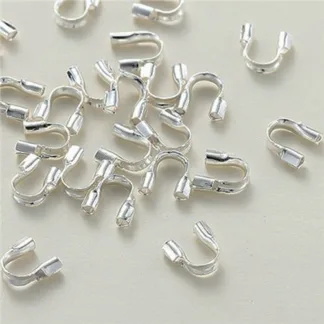
Tarnish Resistant Wire Guardian Antique Silver 50pk
$7.70130 in stock
-
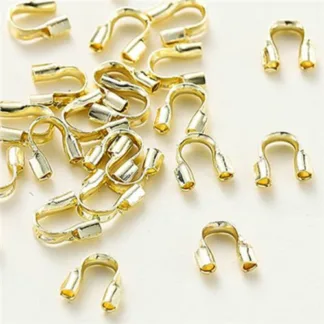
Tarnish Resistant Wire Guardian Gold Plated 50pk
$7.7047 in stock
-
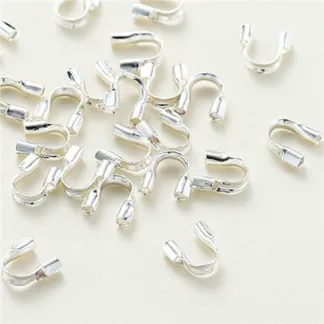
Tarnish Resistant Wire Guardian Silver Plated 50pk
$7.7060 in stock
-
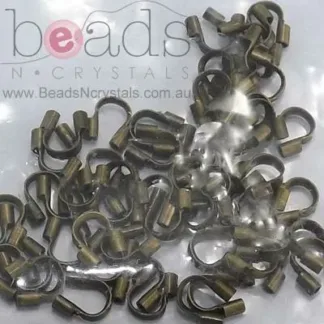
Wire Guardian Antique Bronze 50pk
$3.9027 in stock
-
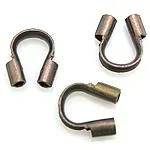
Wire Guardian Antique Copper 50pk
$3.9047 in stock
-
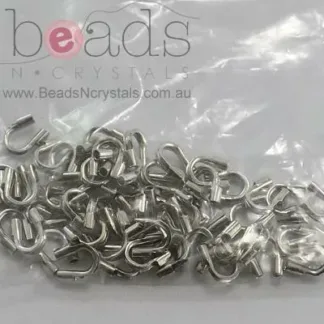
Wire Guardian Antique Silver 50pk
$3.5095 in stock
-
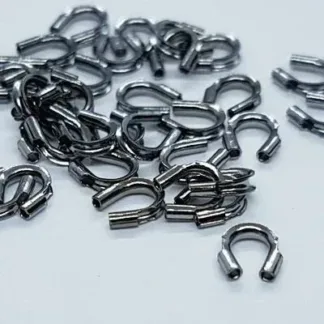
Wire Guardian Black 50pk
$3.90143 in stock
-
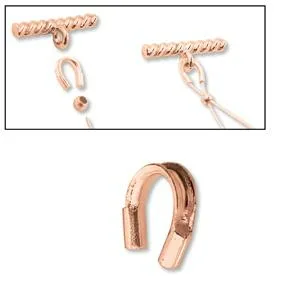
Wire Guardian Bright Copper 50pk
$5.90Out of stock
-
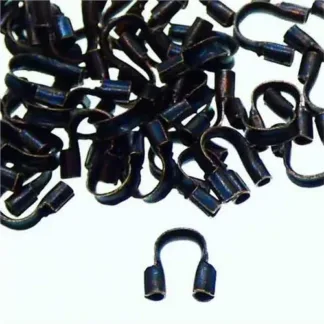
Wire Guardian Dark Copper 50pk
$3.90148 in stock
-
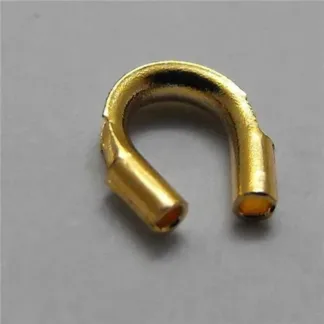
Wire Guardian Gold 50pk
$3.9050 in stock
-
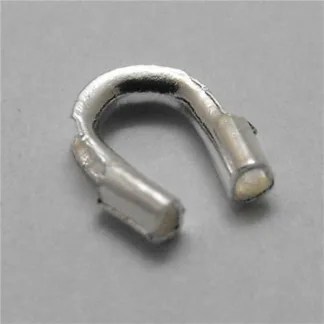
Wire Guardian Silver 50pk
$3.70265 in stock
Looking for Sterling Silver and Gold Crimps, Covers & Guardians?
Beads N Crystals has got your back! Precious metal components are all listed in our Sterling Silver and Gold category. If you’re making a premium jewellery item, consider precious metal findings. They’re not just for the rich or for bridal jewellery. At a relatively low cost, precious metal findings will offer not only a sense of luxury, but longevity. Precious metal findings are particularly desirable with fresh water pearls, fine or rarer gemstones, small intricate seed beads, or a special piece for that special someone!
- Shop Sterling Silver Crimps, Covers & Guardians
- Shop Gold Filled & Vermeil Crimps, Covers & Guardians
What are Crimp Beads?
Beading crimps are small metal tubes that are flattened and squeezed onto beading wire to create a secure connection. They are often used to attach clasps or create loops for adding other components. Crimps come in various sizes and are available in different metals, allowing you to choose the most suitable option for your design.
What’s the difference between round crimps and crimp tubes?
Historically crimps were a tiny round metal bead designed to be squashed onto wire to secure it. In more recent times, cylindrical tube crimps have become more prevalent for several reasons.
Round crimps are generally quite thin and more prone to breaking or becoming loose. Tube crimps are thicker and stronger allowing them to provide a more robust and secure connection. The standard size of 2x2mm tube crimps offer a suitable inner diameter for the full range of beading wire sizes. They also offer a strong connection regardless of the wire diameter.
The other advantage of 2x2mm tube crimps is the versatility in crimping options. They can be securely crimped using smooth chain nose pliers, folded tight with a specialist crimping plier, or squeezed into a round ball over the wire making them look just like a little round filler bead. This technique is achieved with the Magic Crimp Tool.
How to use Crimp Beads
Using crimp beads is a straightforward process that ensures a secure connection between beading wire and findings. Here’s a quick step-by-step guide on how to use crimp beads:
- Prepare your materials: Gather your beading wire, crimp beads, and any findings or components you want to attach.
- Thread the wire: Slide a crimp and your chosen clasp or finding onto the beading wire, leaving a small tail of wire extending beyond the clasp.
- Thread the crimp bead: Take the tail which will be looped through the clasp and bring it back through the crimp bead in the opposite direction to the first pass.
- Flatten the crimp: Using a crimping tool or flat-nose pliers, gently press the crimp bead to flatten it. Apply enough pressure to secure the wire tightly, but avoid over-flattening, which may cause the wire or crimp to weaken or break.
- Trim excess wire: Pass the tail of the wire back through the last bead and trim any excess wire sticking out.
- Repeat for the other end: After threading the beads, repeat this process on the other end of the beading wire to complete your connection. Creating a loop or attaching the clasp connection piece to the other end.
This is the most basic way to bead using crimps. Below we’ll learn some additional steps which will enhance your quality of finished project. By following these steps, you can effectively use crimp beads to securely attach clasps and findings to your beading projects, ensuring that your jewellery creations are sturdy and long-lasting.
Are Crimp Beads Secure?
Crimp beads can provide a secure and permanent connection when used properly. When flattened correctly, crimp beads create a tight grip on the beading wire, preventing it from slipping or coming undone. This ensures that your jewellery components, such as clasps and findings, stay in place during regular wear.
To enhance the security of crimp beads, it’s important to use the right size and type of crimp bead for your wire diameter. Choosing the appropriate crimping tool or flat-nose pliers is also essential for achieving a proper and secure crimp. Serrated pliers are not suitable for crimping.
Additionally, some beaders opt to use a second crimp bead or a crimp tube as a double crimp for added strength. This involves placing a second crimp bead or tube adjacent to the first one and flattening it separately. Double crimping can provide extra security, especially for heavier or more valuable designs.
It’s important to note that while crimp beads are generally reliable, there is always a slight risk of failure if they are not properly crimped. However, with proper technique and attention to detail, crimp beads can create a strong and secure connection in your jewellery projects.
Can you use crimp beads on elastic?
Crimp beads are not typically used with elastic cords. Elastic cords are commonly used for creating stretchy bracelets and other jewellery pieces that require flexibility and ease of wear. Crimp beads are designed for use with beading wire, and often used in conjunction with clasps, which is a more rigid stringing material.
When working with elastic cords, it is more common to use knotting techniques. Knots can be enhanced with craft glue to prevent the knot coming undone if that is the concern.
Using crimp beads on elastic cords may not provide a reliable or secure connection, as the elastic cord can easily slip out of the crimp bead when stretched, or the crimp may cause the elastic to break. It is best to use appropriate techniques specifically designed for elastic cords to ensure the longevity and functionality of your stretchy jewellery designs.
Similarly, if you’re wondering if you can use crimps on thread, crimps are not designed for that purpose. Although some people may use crimp beads on thread, that’s typically not the best option. Charlotte knot covers culottes, or French Wire are usually the best options for finishing thread, if a classic knot isn’t suitable for your project.
What are Crimp Covers used for?
Crimp covers are decorative beads that are placed over crimps to give them a polished and finished appearance. They effectively hide the flattened crimp, providing a more seamless and professional look to your jewellery. Crimp covers come in different sizes and styles, allowing you to match them with your beads and overall design.
What size crimp cover to use
Crimp covers should be long enough to cover the length of your flattened crimp. The size of the closed crimp will be much larger than the overall crimp, but it’s important to select a crimp cover that will completely cover the entire crimp.
Are crimp covers necessary?
Crimp covers are not necessary for every jewellery project, but they can provide a polished and professional finishing touch to your designs. Whether or not to use crimp covers depends on your personal preference and the desired aesthetic of your jewellery piece.
Crimp covers are decorative beads that are designed to conceal flattened crimp beads, giving them a more seamless and refined appearance. They create a smooth transition from the beading wire to the clasp or other findings, enhancing the overall look of your jewellery.
They can also offer a functional benefit. Flattened crimp beads may be sharp on the skin or catch on fine elements such as hair, tulle, fabric or lace. For these reasons, covering the crimp may be necessary to solve these issues. Fortunately, a crimp cover can be applied after the jewellery is completed so they can be used at a later date if an issue is noticed.
Using crimp covers can be particularly beneficial when working with more delicate or intricate designs, where exposed crimp beads may detract from the overall aesthetic. They can add a touch of elegance and sophistication to your jewellery creations.
It’s important to note that crimp covers are not essential for the functionality or security of your jewellery. The primary purpose of a crimp bead is to securely connect your beading wire to the clasp or other findings. If the exposed crimp bead does not bother you or fits the desired style of your design, you can opt to skip the crimp covers.
Ultimately, the decision to use crimp covers is based on your personal preference and the specific look you want to achieve for your jewellery piece. They offer an extra level of aesthetic refinement, but their use is not mandatory.
How to use a crimp cover
Simply place the crimp cover over your secured crimp bead and carefully close the crimp cover. It’s very important to ensure the cover is closed neatly with no protruding corners to ensure it does not catch on hair or clothing. Nylon pliers are great for this purpose if you’re using shiny crimp covers as they will not scratch or mar the surface.
What are wire guardians used for?
Guardians aren’t just a very weird 2017 Russian superhero movie, they’re also a very useful jewellery making finding! Wire guardians, sometimes called wire protectors, are used to reinforce and protect beading wire at connection points. They are typically threaded onto the wire before attaching a clasp or other findings. Wire guardians prevent the wire from fraying or breaking at the ends, offering additional stability and durability to your jewellery.
Wire guardians are very small findings in a horse-shoe shape used in jewellery making, specifically for beading projects. They are typically made of metal, such as brass, steel, sterling silver or gold-filled, and have a tubular profile with a hole running through the centre.
The primary purpose of wire guardians is to protect and reinforce the ends of beading wire. They are designed to be threaded onto the beading wire before attaching a clasp, ensuring that the wire doesn’t fray or break at the connection point. The wire guardian acts as a barrier, preventing the wire from rubbing against the clasp and other components, which can cause damage over time.
Wire guardians also provide a smooth transition from the beading wire to the clasp, creating a more polished and professional appearance. They add stability and durability to the jewellery piece, giving you confidence that your designs will withstand regular wear and tear.
Wire guardians are essential findings in beading projects, serving both a functional and aesthetic purpose. They contribute to the longevity of your jewellery and provide a secure connection point, ensuring that your creations stay intact for years to come.
What sized wire guardian to use
Wire guardians are typically a standard size. Our guardians suit all of the thicknesses of Flex-Rite beading wire we stock. Possibly with the exception of the super-fine 0.007” Flex-Rite which is more suited to multi-strand projects.
How to use a wire guardian in jewellery making
In the step-by-step crimping guide above, you’ll need to attach the guardian in the second step. Thread a crimp bead, then pass the wire through the wire guardian and back through the crimp.
There are two options regarding the attachment of the clasp. You could attach the clasp to the guardian before passing the wire through it and crimping. This makes a permanent and more rigid attachment to the clasp. The second option is to attach the clasp using a jump ring after crimping. The functionality, look and feel will differ so this is personal preference.
Some people believe a jump ring must be used so the clasp can be replaced without having to re-string the whole necklace or bracelet, however this is not true. If a clasp is attached directly to the guardian and the clasp fails requiring replacement, it’s still possible to cut the clasp loop off and replace it with a new clasp on a jump ring. So there is nothing wrong with either option on creation of a new jewellery piece.
Once the guardian is threaded and the wire tail is threaded back through the crimp, simply squeeze the crimp.
Buy Crimp Covers, Wire Guardians and Crimp Beads Online
For the best range of quality beading crimps and findings, check out the range at Beads N Crystals. With decades experience, we stock only the best quality components at exceptional prices backed by expert advice.
Showing 41–79 of 79 results



